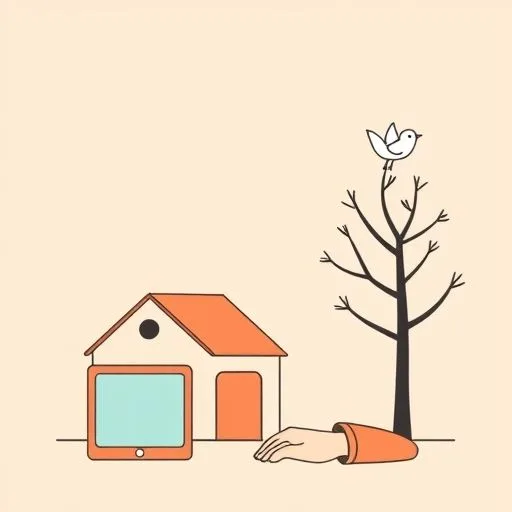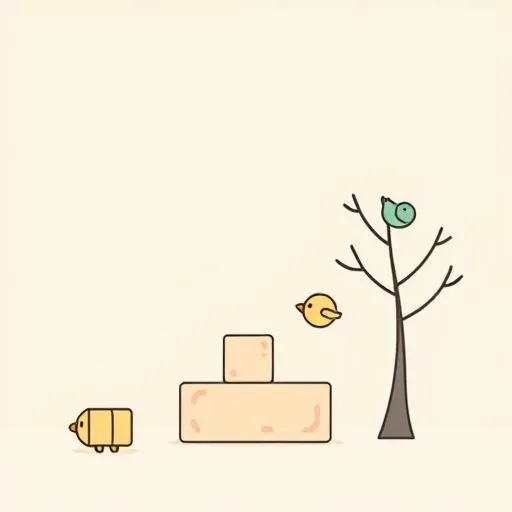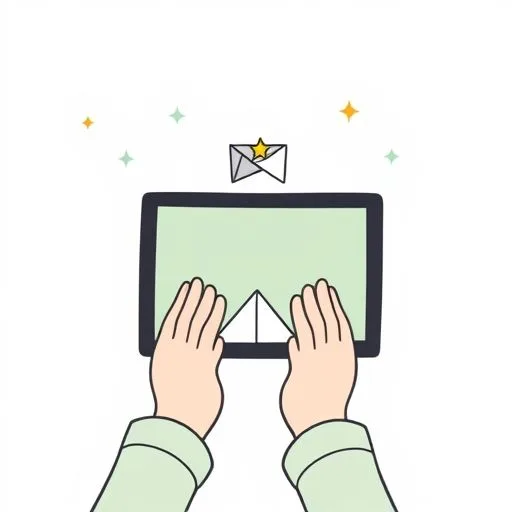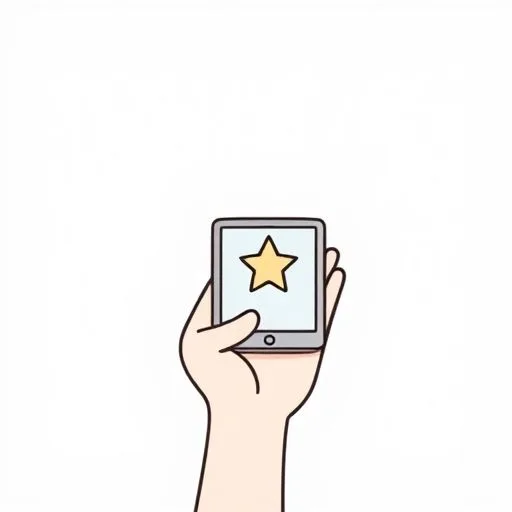
You’ve probably noticed that soft hum of the tablet screen—the one that’s always on the kitchen counter while homework gets done. I remember the moment you paused the math app, fingers hovering over the ‘privacy settings’ button, your face illuminated by the glow. But it was never really about the numbers, was it?—it was the way you looked at our daughter’s drawing, crumpled beside the screen. The AI might analyze the lines of the house, but only you see the way she drew her little sister’s smile. The research says algorithms learn from millions of data points, but the quiet strength in your choice to turn it off—that gentle click of the case—was the sound of real wisdom.
The Quiet Strength Between Algorithms

I’ve watched how the world’s filling with promises of ‘educational AI’ toys—they claim to teach without screens. But I remember the quiet afternoon you spent circling the new ‘smart toy’ in the catalog, then closing it with a soft sigh.
It’s that same thoughtful approach you bring to everything—from choosing toys to packing their lunches with care. The way you explained to our son, ‘Sometimes, imagination needs to wander without a digital map.’ Your choice to keep the old wooden blocks and picture books? That’s the quiet strength we all strive for.
Those little moments—the ones where the screen goes dark, and the laughter echoes—these are the choices that build the walls of the real home, not the algorithms.
Your Hands, the Human Filter

Late at night, when the house is quiet, I’ve seen you scrolling through apps—not just browsing, but digging into how these apps really follow our kids’ every tap. The way you paused and considered the faces behind the technology—the people who might be training the AI systems—reminds me of the way you’ve always taught them to look at others.
It’s not just blocking apps; it’s like weaving the fabric of their digital habits. You tucked the devices away, creating pockets of our world—bedtime, backyard play—where screens are visitors, not rulers. What if we all approached technology with this same thoughtful consideration?
The Warmth Beneath the Digital Boundaries

When the school newsletter mentioned the AI meant to ‘analyze learning patterns’ during class time, I saw the way you closed the laptop. The light in the kitchen dimmed as you walked toward the window, your hand resting on the back of the chair.
That was the choice of a parent who knows the difference between a tool and a trespasser—the same way you’ve taught them to respect privacy in the real world. Setting up the ‘no-phone zones’—the dining table, the cozy reading corner—wasn’t about restriction, but about cultivating the space for their own voices to be heard.
The Heart of the Code

Last night, when the kids were playing with the new coding app, I watched them ask for your help. The AI might have guided them through the steps, but it was your questions—’What do you want the story to say?’ and ‘How does that make the character feel?’—that drew them to create something more human.
The way you’ve woven the digital world into the fabric of our family—the careful selection of apps that teach empathy, not just efficiency—is the same thread that’s always guided them to pick up stray leaves, offer a hand to a friend, or simply sit in the quiet.
That gentle hand on their shoulder… that’s the guidance no algorithm can ever copy. That’s the real learning—the kind that sticks long after the screen dims, guided by a heart that knows theirs better than any code ever could.
Source: The Humble Origins Of TikTok’s Almighty Algorithm, Forbes, 2025-09-27
